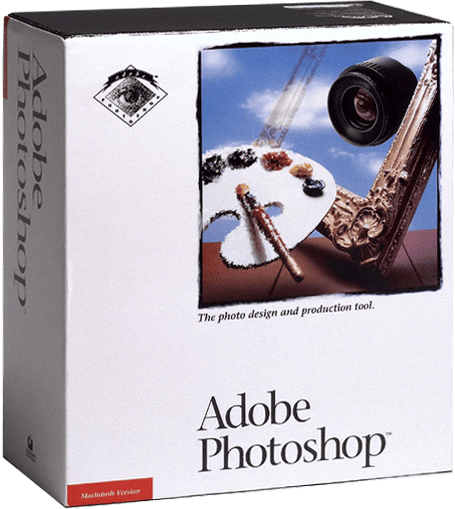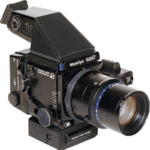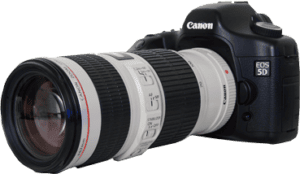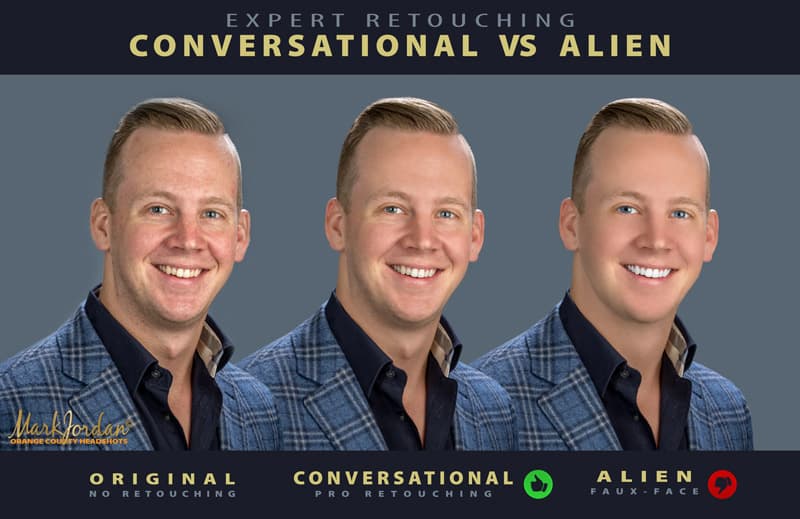Conversational Retouching History
CONVERSATIONAL RETOUCHING – THE FOUNDATION
Chances are, this is the first time you’ve heard the phrase Conversational Retouching. It’s a term I coined in the early, transitional days of analog to digital retouching.

During the mid-2000s, photographers were caught unaware of how quickly the digital evolution would take hold. Most were abruptly thrust into a binary world they were not prepared to master. When the onslaught hit them, they struggled to adapt as quickly and adequately as they could. The best-prepared survived – those who were not, called it quits.
I credit my survival solely to the BoyScouts. Our motto, be prepared, served me well.
Having an intuitive sense early on of what was to come, I purchased my first digital editing software in June of 1991. The software company was new to me – Adobe. That year they had launched a new version or a fairly new product. They called it Photoshop – code name, Fast Eddy.
I began studying it in earnest.
THE DIGITAL REVOLUTION AFTERMATH
When digital cameras outsold film cameras in 2003, the writing on the proverbial wall was explicit: film is dead! The great digital tidal wave was coming and nothing on earth was going to stop it.


The long-awaited digital changeover occurred for me around 2005. However, rather than scrambling and taking cover, I was fortunate to have made the move, from one mode of image capture to another, seamlessly. One week I was photographing on a tripod with my unwieldy Mamiya RZ67 Pro, and the next week I was hand-holding my new Canon 5D.
All was right with the world.
However, at the same time, I became disheartened with the retouching travesties I was witnessing throughout the country. Photographers were breathlessly eager to demonstrate their new found “skills” at digital manipulation. Their paradigm appeared to be, “Since a cup of sugar makes a batch of cookies taste sweet, a barrel will make them taste all that much sweeter.”
In other words, the faces that emerged were grotesque – mannequinesque. It was as if a brief visitor from another galaxy was now back home on their planet, translating its cursory perception of the human face. It was humanoid but not. The metamorphosis was complete – digital retouchers were unwittingly transforming a mere civilized world into divine impeccability – they no longer looked mortal.
THE BIRTH OF CONVERSATIONAL RETOUCHING
Something had to be done. Understandably. And not being particularly shy about expressing my point of view, I reasoned it might as well be me to speak up and out.
In short, I set about collecting and analyzing the alien headshots that were infiltrating the global internet. Through it all, I discovered four common infractions inherent to every alien headshot. They are, in no particular order:
- Swim-Cap Head – removing every wild/stray hair forming a shower-cap smooth coif.
- Blow-Fish Face – eliminating all facial lines contriving a wholly homogenous, unvarying skin.
- Keanesian Eyes – overworked peepers creating perfectly shaped Margaret Keane doll eyes.
- “The Rock” Teeth – the desaturation of every scintilla of yellow generating pure white choppers.

As should be abundantly evident, the Alien Version above bears no resemblance to any real human being. As satisfying it may be to us anal-retentives, there is very little about the headshot that speaks of an authentic person. Enough said.
THE GOAL OF CONVERSATIONAL RETOUCHING
We have just established that the primary goal of expertly applied digital retouching is not perfection. Competent, effectual retouching renders the face conversational. That is, how others experience our face in a casual chat – not how we would appear in a vanity mirror.
Digital retouching is not intended to alter one’s actual appearance or character. We want to render the face looking rested, natural, and aesthetically pleasing. In short, it’s how you look on your best day.
We accomplish conversational retouching by softening and/or removing those facial features we do not normally notice when conversing with someone. We also emphasize and lightly enhance the attractive/striking features we generally do recognize.
THE UN-CONVERSATIONAL RETOUCHED FACE
The most effective retouching simply clears the temporary flaws and softens harsh features that draw our attention from the eyes. The negative consequences of failing on this point, however, can be slight to embarrassing.
I’ve heard many a horror story from new clients about the stunned reactions they’ve received from employers and agents when their headshot looked nothing like them. It’s that sort of uncomfortable, shameful moment that keeps on giving. It’s important to make a lasting impression but not for being judged guilty of impersonating yourself.
Were a person to study your headshot they might notice the lines in your actual face appear to be more detailed than in your business headshot. This is only natural.
However, they will more than likely attribute the softer you in your headshot to the slight blur in printing or low-resolution monitors rather than an over-zealous retoucher.
Regardless, if you’re not sure of what direction you should go, either too little retouching or too much, we advise always opting for too little. While an “under” retouched image may capture you looking a bit older and tired, an over-worked retouched headshot infers a counterfeit.
I cannot speak for you, but I rather come-off appearing to be a genuine person in need of a good night’s rest than a perfect fake.
WHY CONVERSATIONAL RETOUCHING IS ESSENTIAL
When we talk with people we do not examine every detail of their face. This is because our peripheral vision is activated. Unless you are the catty type you’re much too busy either enjoying a friend’s company or involved with an associate to notice their every feature and flaw. It’s not how rational people interact.
However, when we look at a photographic image (whether in print or digitally) our peripheral vision is deactivated. Suddenly we scrutinize that face as we would in a vanity mirror. Every excruciating detail comes screaming to life in a surreal dimension.
Many might believe that this is reality – get over it, it’s not. At least not any more real than how our facial lines are exposed in the bright noon sun versus an overcast day. While both are “real,” the lighting reveals two entirely dissimilar facial topographies.
The harsh overhead sun, unmasking excruciating detail, is real only for those who view the world through a magnifying glass. The vast majority of us do not. We’re kinder than that. We tend to see others with a more diffuse sense. Our vision is far from impaired but rather than focus our attention on trivial minutia we instead choose to connect.
Truly, people look past the bloodshot in our eyes, the yellow cast to our teeth, and the sag in our jowls. While talking with others we don’t fixate on their shiny skin, stray hairs on the nose and ears, or the neck crevasses and furrowed brow.
Nor do we notice the tie that does not quite meet the collar or the extra skin that puffs over it. We make no note of the tight jacket with undulating sleeves, the loose, flappy lapels, and the blouse that refuses to lay flat.
All of these irregularities are overlooked, unobserved, and unseen. They simply do not register…that is, we see conversationally. A photographic image, on the other hand, is a whole ‘nother story.
Thus, the necessity for expertly applied retouching that naturally restores the features of the face, and the need for conversational retouching…
For me, retouching is both science and art.
For you, retouching is an opportunity to best present yourself as an ambassador to your community and business connections.
Should you like to discover more about Conversational Retouching:
CONVERSATIONAL RETOUCHING BASICS
In the meantime, and as always, should you have questions regarding any aspect of professional headshots or the history of conversational retouching, no concern is too small.
Mark Jordan
Master Craftsman Photographer
American Society of Photographers
International Photography Hall of Fame & Museum
Orange County Photographer of the Year
3-Time Honoree -EPCOT’S World’s Greatest Photographers Exhibit






